Explainer: What is the 11-ton 'Mother of All Bombs' Trump greenlit for transfer to Israel?
By Maryam Qarehgozlou
US President Donald Trump has reportedly greenlit the transfer of 11-ton bombs, dubbed the “Mother of All Bombs” (MOAB), to the Israeli regime, a decision his predecessors avoided.
Trump’s West Asia envoy, Steve Witkoff, unveiled the historic agreement to deliver the GBU-43 Massive Ordnance Air Blast, as the bomb is officially named, to Tel Aviv, according to German media.
Israel has coveted non-nuclear mega-bombs since the early 2000s, yet successive US presidents, including George Bush, Barack Obama, and Joe Biden, had been reluctant to greenlight it.
Even Trump himself had declined to authorize such transfers during his first term.
The unprecedented delivery of the MOAB signals a new era of deepening American-Israeli military collaboration, one that analysts warn could dangerously heighten regional tensions.
Adding to the geopolitical tremors, Trump last month lifted a Biden-imposed hold on 2,000-pound bomb shipments to the Israeli regime, resuming their flow with a decisive stroke.
Biden’s administration had halted these bomb transfers in May in a bid to deter Israel from launching a full-scale assault on Rafah, a city in southern Gaza. However, despite this symbolic move, Washington continued to funnel billions of dollars worth of other lethal weaponry to Tel Aviv.
Why US agreed to the MOAB sale?
The MOAB’s extraordinary destructive power, capable of demolishing deep underground complexes, has led some to interpret the transfer as a potential signal for an attack on Iranian nuclear facilities.
Nonetheless, military analysts argue that this unprecedented arms sale is merely a desperate attempt by the Zionist regime to resort to saber-rattling after Iran’s successful retaliatory operations against the occupied territories last year that shook the regime.
In response to Israeli aggression, including the assassination of Hamas leader Ismail Haniyeh, Iran carried out two retaliatory operations, True Promise I and II, in April and October, respectively.
These operations involved the deployment of hundreds of ballistic and cruise missiles, targeting sensitive and strategic Israeli military and intelligence sites in the occupied Palestinian territories.
Tehran has repeatedly cautioned against the grave consequences of any reckless move by the Israeli regime and the United States against its nuclear sites.
In October, Islamic Revolution Guards Corps (IRGC) Deputy Commander Brigadier General Ali Fadavi warned that any Israeli attack on Iran would risk the regime’s existence.
“If the occupying entity makes a mistake, we will target all its energy resources, power plants, refineries, and gas fields," he said at the time.
Iranian Foreign Minister Abbas Araghchi also warned in a January 31 interview that attacks on Iran’s nuclear facilities would result in a “widespread war in the region,” a “catastrophe no one desires.”
The top Iranian diplomat said in the event of such a “major miscalculation,” the response from Iran would be “immediate” and “decisive.”
Araghchi also reiterated that “nuclear weapons are not part of Iran’s military doctrine,” asserting, “Our security is ensured through other methods.
Leader of the Islamic Revolution Ayatollah Seyyed Ali Khamenei has issued a fatwa (religious decree) prohibiting acquiring, storing, or deploying such weapons based on religious and moral concerns.
Israel and its Western allies have, for years, leveled unfounded accusations against Iran, claiming it is developing nuclear weapons. These unsupported claims have given rise to a multitude of illegal sanctions and threats targeting Iran's peaceful nuclear program.
Is Israel planning to use MOAB in Gaza?
Concerns have also been raised by experts and human rights organizations that the MOAB could potentially be used against Palestinians in the Gaza Strip, where the Israeli regime has already massacred more than 48,000 Palestinians during its 15-month-long genocide against the territory.
The Israeli onslaught on Gaza, which came to a tentative halt last month following a ceasefire agreement, heavily relied on US-provided weapons, further amplifying worries about the potential impact of these powerful munitions.
Trump’s recent inflammatory remarks concerning the besieged, war-torn territory have also raised alarm within the international community, further exposing his colonial aspirations for the region which align with Israel’s long-standing land-grab ambitions in the Palestinian territories.
Shortly after assuming office last month, Trump proposed that Jordan, Egypt, and other Arab nations absorb Palestinian refugees to “just clean out” Gaza.
The proposal, which faced strong opposition from Arab nations, resistance groups, and human rights organizations, according to experts, is tantamount to the ethnic cleansing of Palestinians from their homeland and is considered illegal under international law, according to analysts.
Reinforcing his call for the displacement of Palestinians from Gaza, the real estate mogul-turned-president reiterated his stance during a meeting with Israeli Prime Minister Benjamin Netanyahu.
Trump said at a news conference last Tuesday that “the US will take over the Gaza Strip,” vowing to turn it into “the Riviera of the Middle East.”
What is MOAB and how destructive can it be?
The development of the so-called “Mother of All Bombs” began in 2002 under the Bush administration, to create a high-impact, non-nuclear explosive capable of inflicting massive destruction.
The MOAB was initially tested in 2003 in northern Florida, generating a mushroom cloud visible up to twenty miles away.
Some individuals reported experiencing the weapon’s shockwave as far as Louisiana—a distance of over 1,000 kilometers—highlighting the immense destructive force of the formidable weapon.
The MOAB, a twenty-two-thousand-pound (11-ton) air-blast bomb, is often compared to a small nuclear weapon due to its immense destructive power.
As the largest conventional weapon in the US arsenal, it measures approximately 30 feet (9 meters) in length and has a diameter of 40.5 inches (1 meter). The MOAB contains around 18,700 pounds of H6 explosive, a mixture commonly found in other high-explosive munitions.
Due to its size, the MOAB cannot be deployed from any US warplane but must instead be offloaded from the rear of a cargo plane with the aid of a parachute.
The MOAB is designed for high-altitude deployment, allowing the weapon to reach an altitude between 50 and 1,000 feet before detonation.
The fuel-air bomb utilizes a “proximity fuse” on its nose to ignite the warhead upon reaching a specific altitude and when it explodes, it blasts fuel into the air, atomizing it, followed by a secondary explosion that ignites the atomized fuel.
The resulting massive air pressure generated by the MOAB would wipe out anyone in the vicinity, making it an effective weapon against combatants holed up in underground tunnels.
The cost of a single MOAB bomb is estimated at $170,000 per unit, according to the US Air Force.
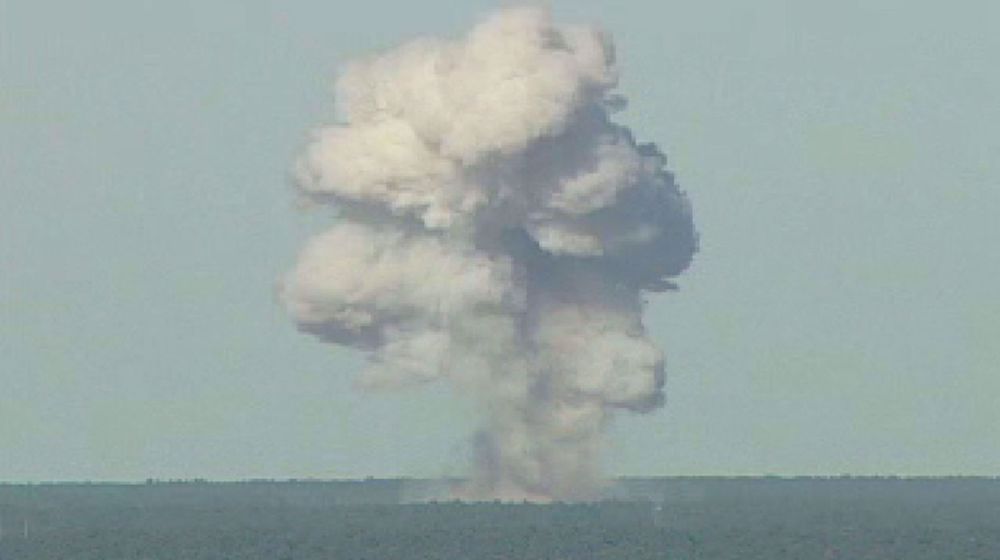
When was MOAB first used?
Fourteen years after it was deemed operational, the Trump administration deployed the MOAB in combat for the first time on April 13, 2017, in Afghanistan's eastern Nangarhar province.
It marked the MOAB's first real-world combat deployment by the US military. With a blast radius stretching a mile in each direction, the MOAB delivered an unprecedented level of destructive force.
Although Trump declared the bombing “another very, very successful mission,” many others disagreed.
Then- Afghanistan's President Hamid Karzai criticized the US for using the war-ravaged South Asia country as a “testing ground for new and dangerous weapons.”
Analysts also criticized the “shallowness of US political and diplomatic strategy.”
The US has been at war in South Asia since 2001, at the cost of hundreds of billions of dollars, they said, however, they did not get beyond killing people—and having to use its biggest bombs.
How the world reacted to the new arms sale?
The London-based NGO Action on Armed Violence (AOAV), which focuses on reducing global armed violence, condemned the decision to arm the Israeli regime with the MOAB.
AOAV stated that this move reflects a “troubling pattern of unchecked militarization” in the region, emphasizing that arms sales are prioritized over diplomatic resolutions.
“Successive US administrations had refused to provide Israel with such high-yield munitions due to the potential consequences of their use. That this restriction has now been lifted represents a reckless departure from responsible arms control policies,” it said.
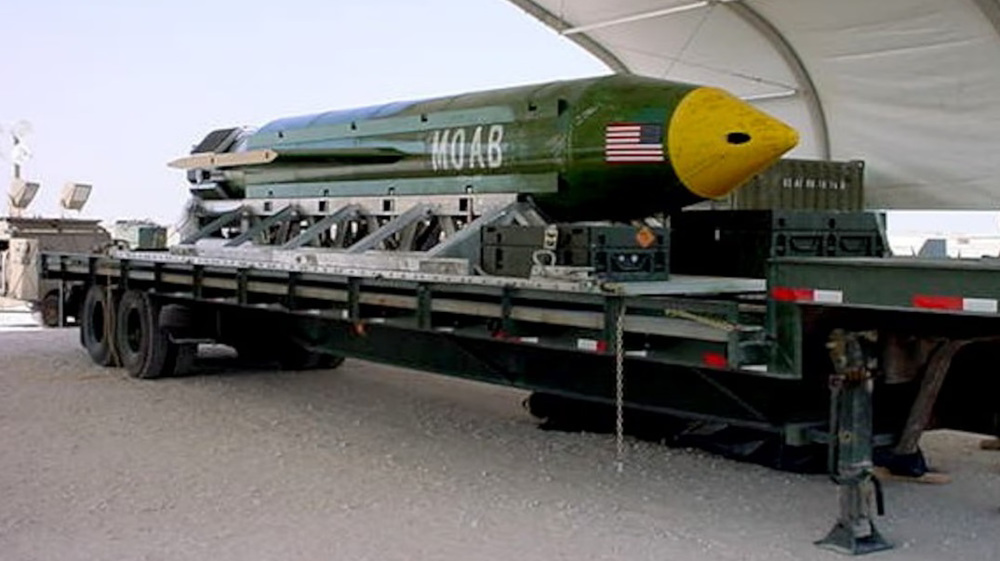
The organization warned that deploying the MOAB in a densely populated and politically volatile region like West Asia could have alarming ethical and humanitarian consequences. This deployment would devastate civilians, exacerbate instability, and undermine peace efforts.
AOAV noted that the transfer of bunker-busting munitions, continued arms exports, and unwavering political support for Israel’s military actions have “emboldened its military posture,” perpetuating a cycle of militarized responses to political disputes.
Social media users also expressed shock and surprise at the lack of coverage from major Western media outlets, sharing concerns about the potential use of the MOAB.
“[This is] the biggest news item in the past 24 hours not many people are talking about,” said Alon Mizrahi, an Arab-Jewish writer and activist.
"Netanyahu dreams about debilitating Iran and Normalizing with Saudi Arabia to complete Zionism's takeover of the Middle East. Both articles of this plan are going to fail spectacularly: Israel will be destroyed in the war, and no one will ever want to hear from past Zionists after it," he said.
“A possible indication for an Israeli strike on Iranian nuclear facilities, yet nobody else is reporting,” wrote a user. “Why aren’t the media talking about this."
Expressing concern about the potential use of the MOAB in Gaza, a user asked, “Attempting to demolish tunnel networks in Gaza? How could this be stopped?”
UK doctor arrested under pressure from Israel lobby over ‘anti-genocide posts’
VIDEO | Art and civic imagination
Algeria moves to criminalize French colonial rule amid strained ties
Iran's cyber prowess: A strategic pillar of national defense and asymmetric power
Iran’s four-decade transport transformation
Jeffrey Epstein introduced Trump to 14-year-old girl, court documents reveal
Lebanese government offering free concessions to Israel: Lawmaker
US actions against Venezuela endanger peace, stability: Iran FM


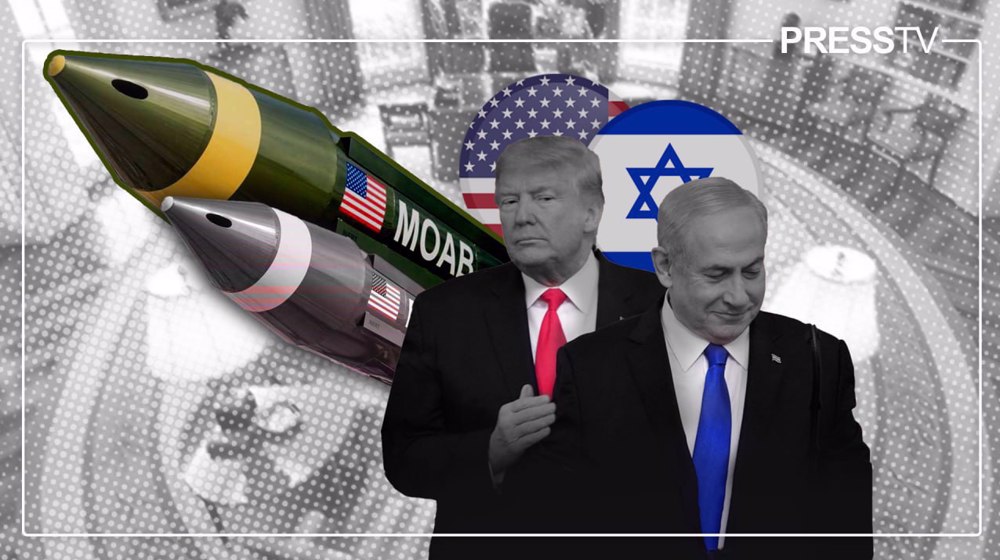
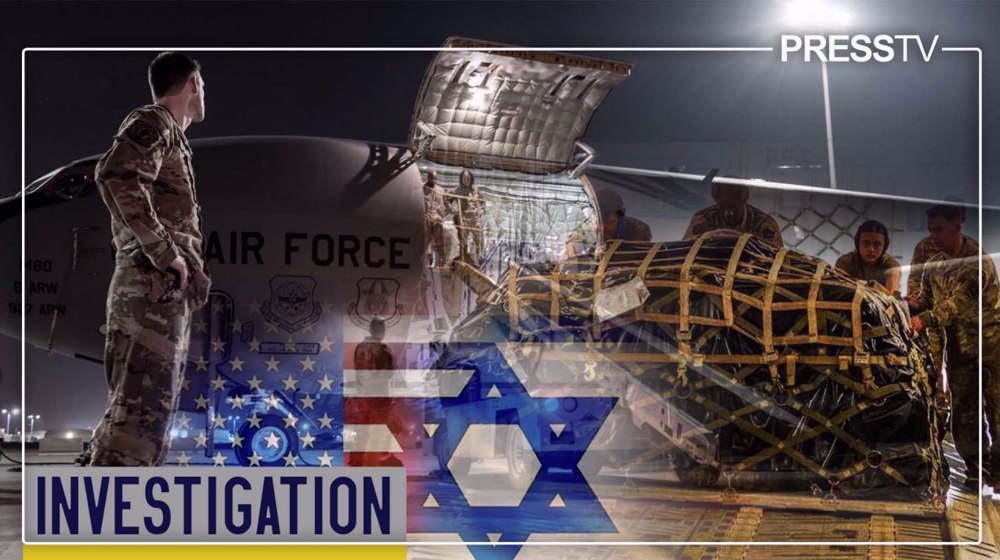
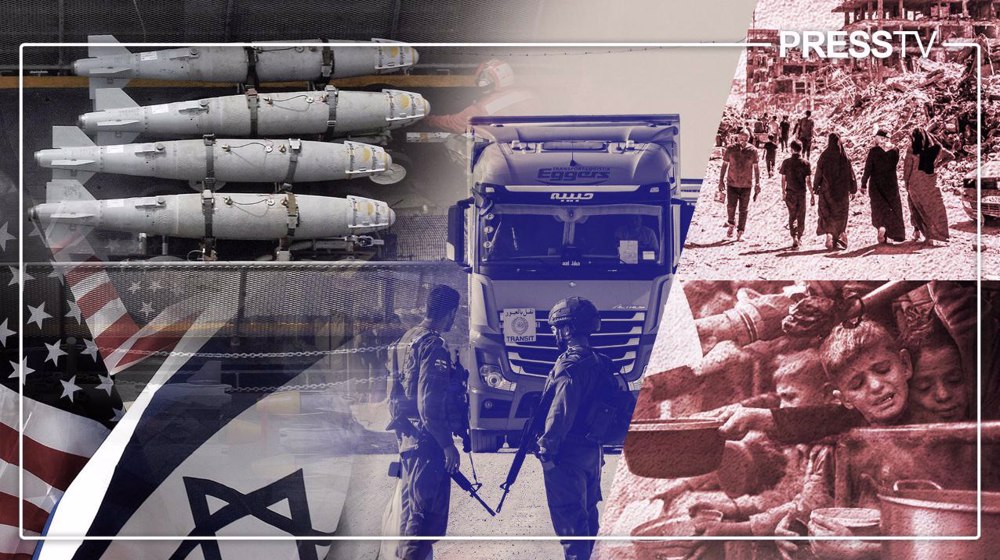
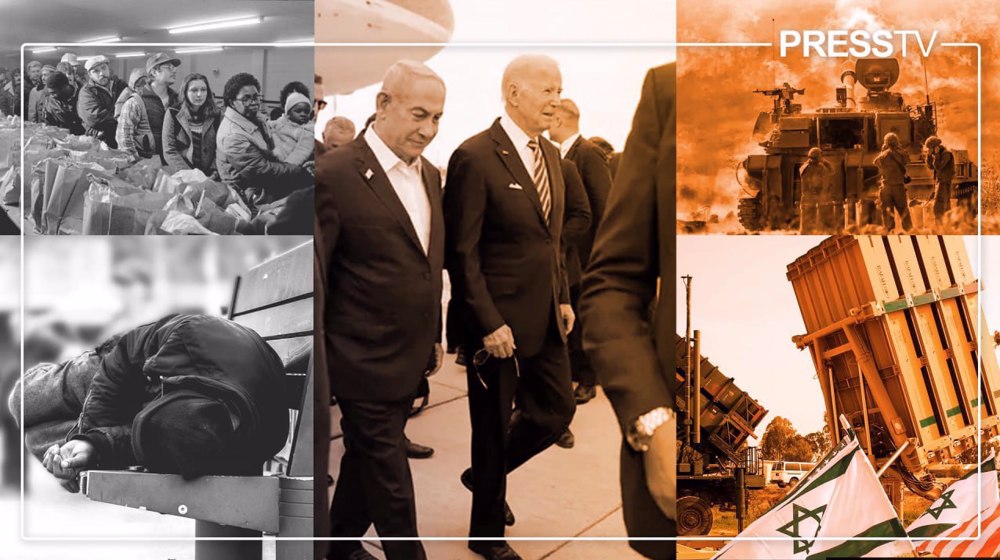

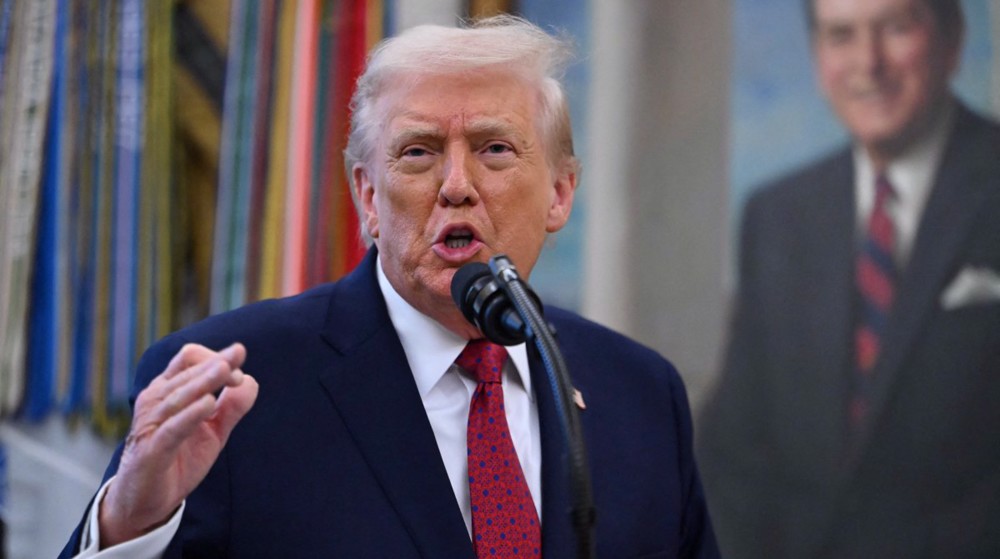
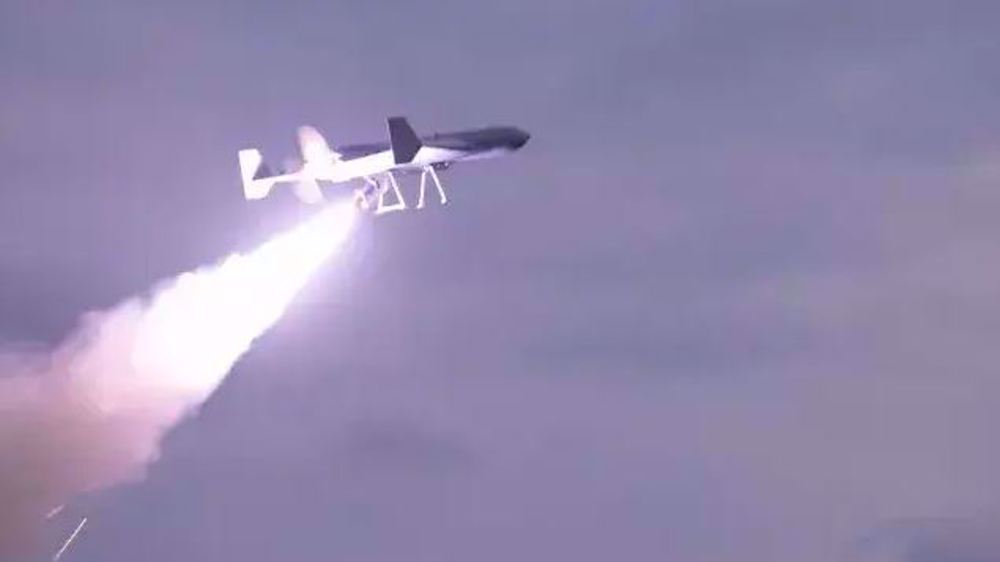



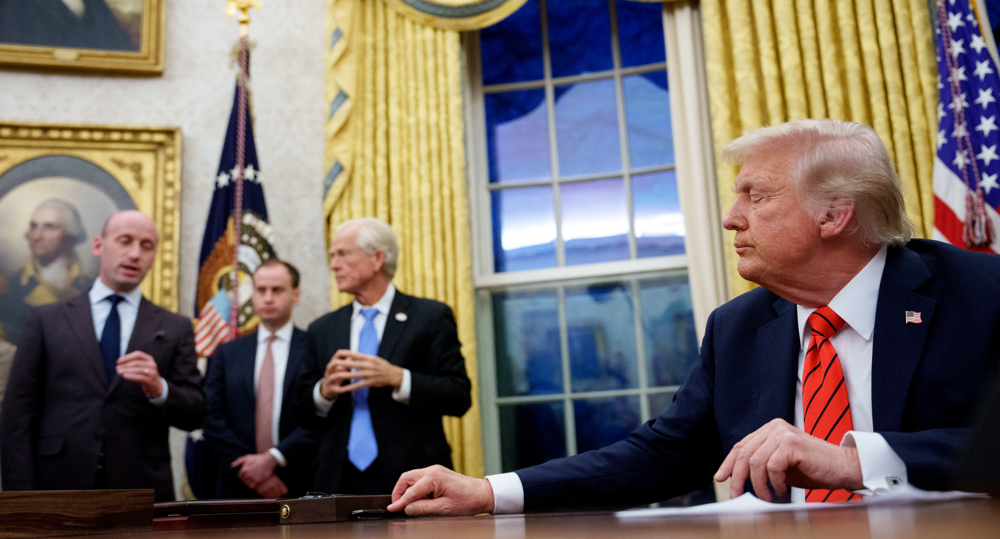

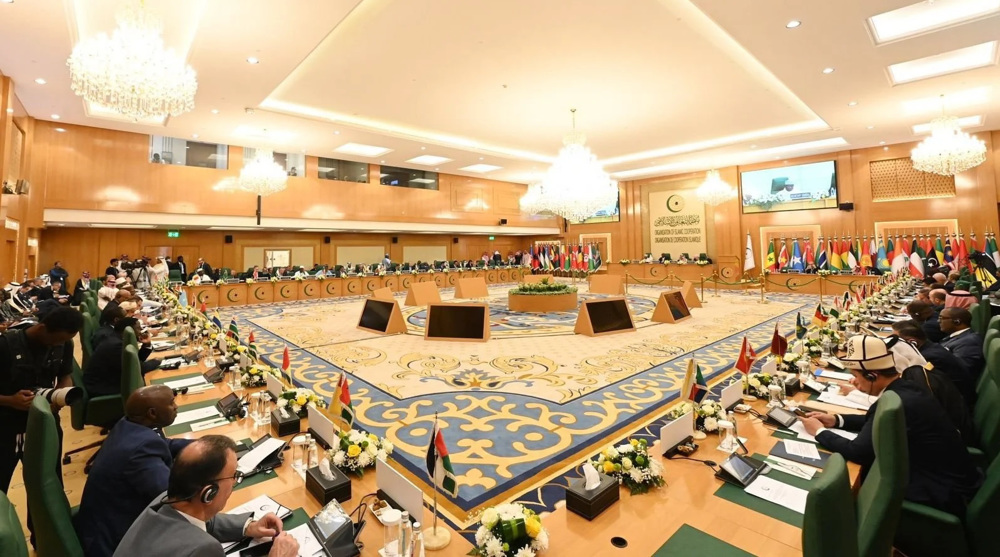
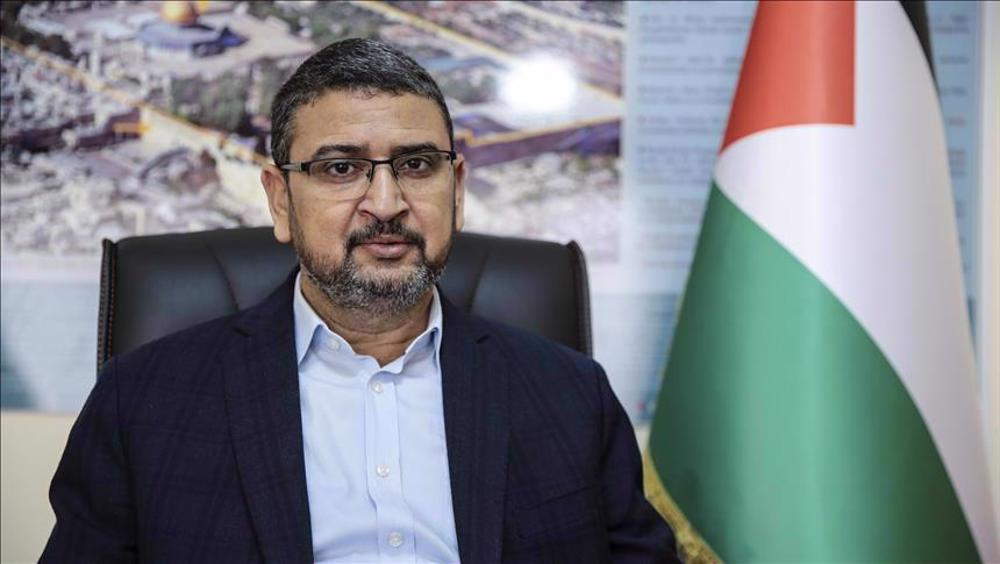
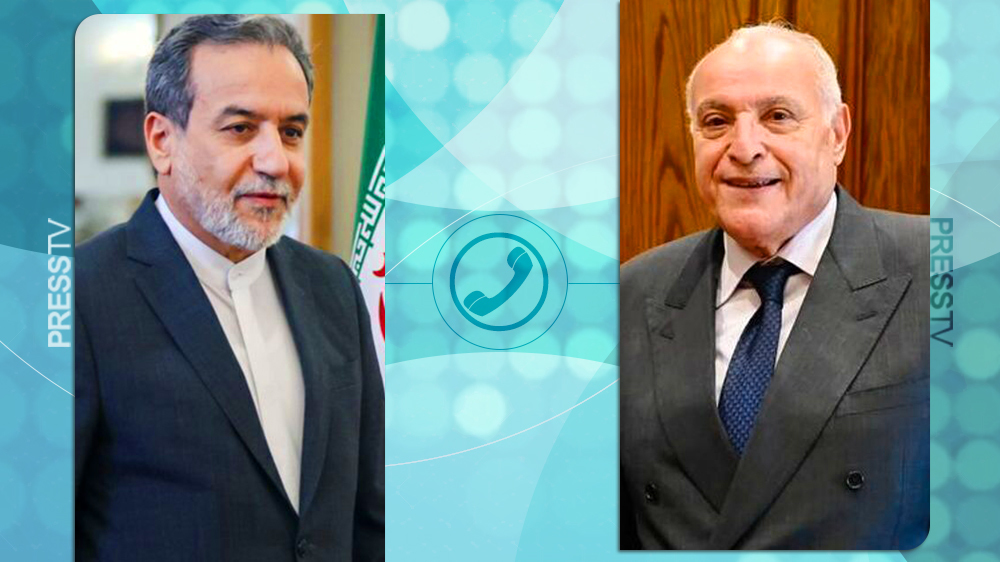

 This makes it easy to access the Press TV website
This makes it easy to access the Press TV website